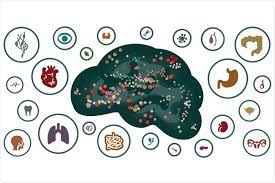Exploring the Intersection of Mental Health and Physical Health at the International Conference

This idea was widely accepted up Until the sixteenth and seventeenth centuries, this notion was widely accepted. Individuals suffering from these so-called "possessions" were tortured as a form of treatment or, as Foucault describes in his book The History of Madness, were viewed as seers (Joan of Arc). Religious practitioners used this technique in the hope of returning their patients to sanity, but there was a growing shift to the great confinement. Hippocrates, a Greek physician, was among the first to reject the notion that mental disorders were caused by the possession of demons or the devil. He was convinced that the symptoms of mental disorders were caused by diseases that began in the brain. Hippocrates suspected that these states of insanity were caused by fluid imbalances in the body. He identified these fluids to be four in particular: blood, black bile, yellow bile, and phlegm. This later became the basis of the chemical imbalance theory used widely within the present.